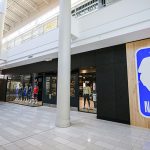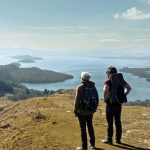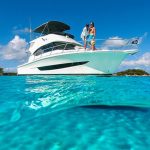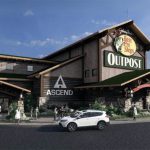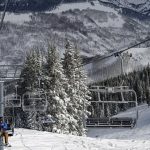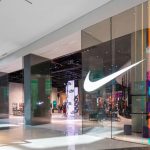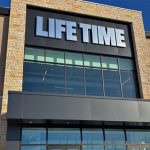Apparel has quickly become the driving force behind sales growth for most outdoor retailers, whether they are big box or specialty. The softgoods category speaks to consumers from nearly all disciplines backpacker, climber or boater – and even the customer who has never spent a week hiking the AT, climbed 5.9 or run their first class four.
Last year, according to data collected by SportScanINFO, which recently re-cast its reporting system to more accurately portray the outdoor apparel and outdoor footwear markets, outdoor apparel continued its growth course in 2006 in spite of one of the worst winters on record for snowfall. Overall, outdoor apparel sales were up 4.1% with casual apparel, particularly womens, driving much of the growth. Once the Mass/Discount retail numbers are removed, outdoor apparel showed even stronger growth, increasing 36.5% for the year, with strong gains through all distribution channels.
Looking at the outdoor apparel category last year, three key trends emerged in the market. First and most obvious is the move to more eco-friendly manufacturing practices. Second, as more retailers, especially larger chains like Cabelas, REI, EMS and even Backcountry.com, move to a greater penetration of private label apparel, more vendors are moving to owned retail. Third is versatility. Designers from many brands have found a niche between country-club and athletic/performance that speaks to a wider audience than the outdoor market has ever been able to reach.
The green trend in the industry has been gradually growing for the past decade, or more. Product development has shifted from the “lighter, farther, faster” mantra to the “greener and cleaner” mantra. However, one key executive in the industry pointed out that the green message may not be vital to success in the outdoor industry. The case in point is the fact that the largest, most successful brand on the OR show floor the one with its own room upstairs – has yet to communicate any kind of a “green message” to its customers. In addition, any company will be quick to point out that their green initiatives are in addition to, not instead of, increased performance.
Private label merchandise has been a profit center for many retailers for decades. However, today, some of these retailers are seeing the opportunities present in expanding their private label assortment and dedicating up to 20% of their open to buy to this high-margin endeavor.
The response from vendors has been to go directly to the consumer. This gives vendors the ability to present their brand in a controlled atmosphere and display their entire product line. The North Face figured this out and more recently the industry has seen brand stores popping up from ArcTeryx, Cloudveil, Merrell, and even smaller brands like Topo Ranch.
Brands have also been looking at diversifying their audience for quite some time, but today the outdoor industry is able to address a broader audience than ever before. Part of this diversification is stemming from fashion trends the outdoor look is certainly in favor. However, it is also stemming from outdoor brands finding a favorable niche and expanding. This expansion has been primarily in casual outdoor apparel with performance characteristics and outdoor outerwear. Both categories showed considerable growth from 2005 to 2006 with outerwear leading the way due to a 14% increase in sales.
According to point of sales data collected by SportScanINFO, most of the growth in the outdoor apparel category came from active tops, polos, and skirts, all of which had greater than 40% growth for the year. The North Face and Columbia are vying for the top market share position, with TNF gaining ground quickly and each player accounting for roughly 30% of the apparel market. Smartwool, prAna, Sierra Designs, Mountain Hardwear and Timberland all showed at least 20 basis point increases in market share during the 2006 retail year. In outdoor outerwear, the market snapshot is very similar between TNF and Columbia. However, the only brands to show any substantial gains in market share other than the two market leaders were Timberland and White Sierra.
Regionally, the largest increases in sales came from the Pacific, Mountain and South Atlantic states. By channel, the largest increases in outdoor apparel came from department stores, internet/catalog retailers and full line sporting goods retailers.
Look for a more in-depth analysis of the 2006 outdoor apparel business in the 2007 edition of the SportsOneSource Market View report

